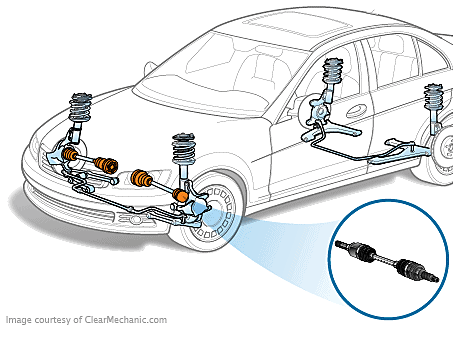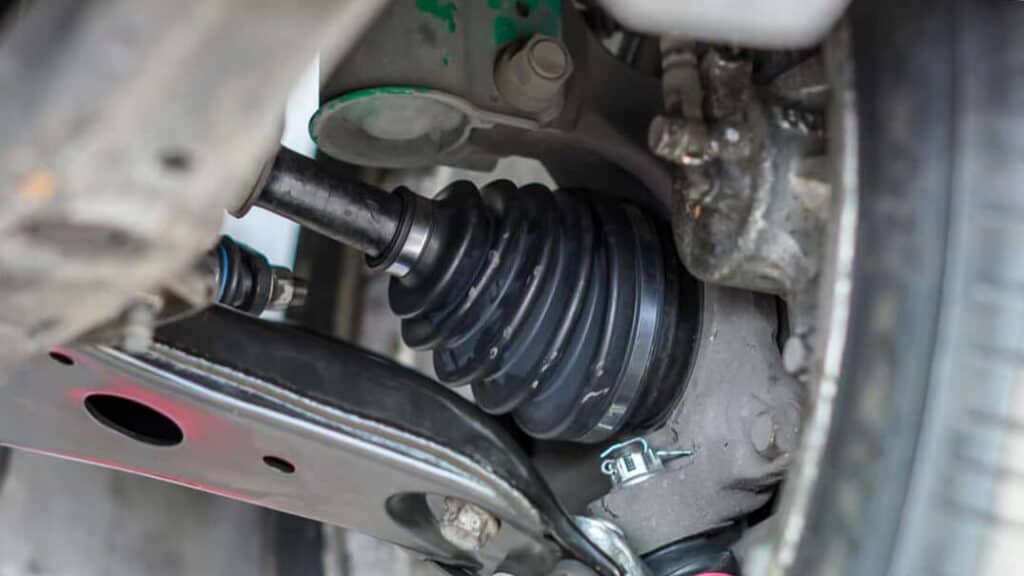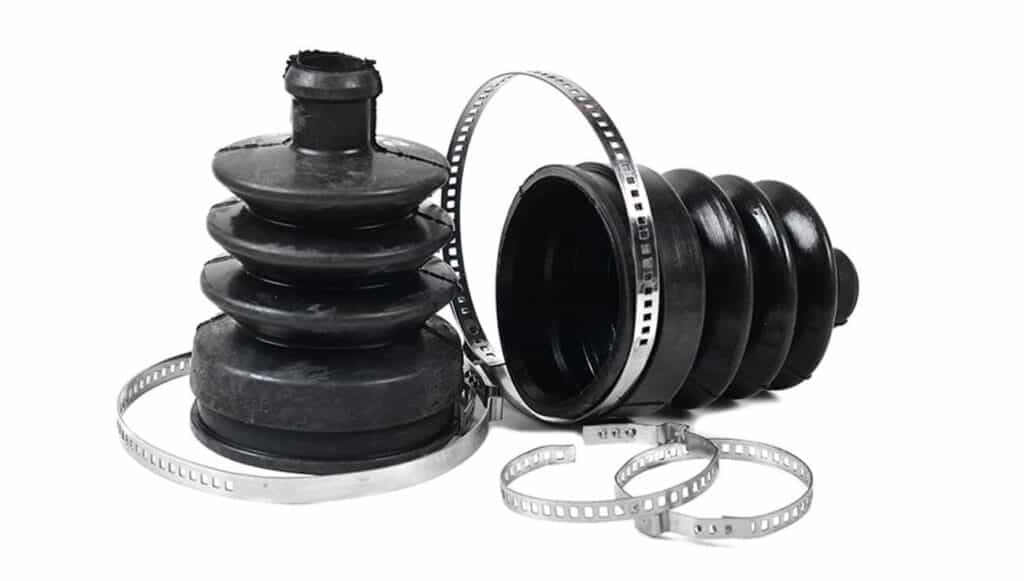Your car’s CV boots may not be the most glamorous part of your vehicle, but they play a critical role in keeping your axles and joints lubricated and protected from dirt and debris. If your CV boot is damaged or failing, it can lead to serious problems with your car’s suspension and steering systems. In this article, we’ll explore what a CV boot is, how much it costs to replace one in Canada, the symptoms of a faulty boot, and what you can do to extend the life of your boot.

What is a CV Boot?
A CV boot is a small, rubber component that covers the CV joint on your car’s axle. It’s responsible for keeping the joint lubricated and protected from dirt, debris, and other contaminants. If the boot becomes damaged or torn, it can allow dirt and debris to enter the joint, leading to excessive wear and tear on the axle and joints.
How Much Will it Cost to Replace a CV Boot in Canada?
The cost of replacing a CV boot in Canada can vary depending on the make and model of your car, as well as the type of boot you choose. On average, you can expect to pay between $200 and $400 for parts and labor. This cost includes the cost of the replacement boot, as well as the cost of labor for a professional mechanic to install it. The labor time for a CV boot replacement is typically around 1-2 hours, depending on the make and model of your car and the accessibility of the CV joint. Overall, the cost of replacing a CV boot is a relatively minor expense compared to the potential costs of repairing or replacing a damaged axle or joint.
What are the Symptoms of a Faulty CV Boot?
If your CV boot is failing, you may notice one or more of the following symptoms:
• Grease leaking from the boot
• Clicking or popping noises when turning
• Vibration or shaking in the steering wheel or car
• Uneven tire wear or poor alignment
• Reduced acceleration or power
If you experience any of these symptoms, it’s important to have your CV boot checked by a professional mechanic.
How Often Does a CV Boot Need to be Replaced?
There’s no set interval for replacing a CV boot, as it can vary depending on driving conditions, mileage, and other factors. However, most mechanics recommend inspecting your CV boots for signs of wear and tear every 30,000 to 50,000 kilometers, and replacing them as needed.

How Does a CV Boot Become Defective?
CV boots can become defective for a variety of reasons, including exposure to heat and friction, driving on rough or uneven terrain, and exposure to road debris and contaminants. Over time, the rubber in the boot can become cracked, torn, or worn, allowing dirt and debris to enter the joint and cause damage.
How Can a Faulty CV Boot Affect Other Systems in the Car?
A faulty CV boot might seem like a minor inconvenience, but its impact can extend beyond the CV joint, potentially affecting other systems in your vehicle. As the protective cover for the constant velocity (CV) joint, the CV boot plays a crucial role in maintaining the joint’s integrity and smooth operation.
When the CV boot is damaged, contaminants such as dirt, water, and debris can enter the joint, leading to accelerated wear and tear. As the joint deteriorates, it may cause vibrations and increased stress on the drivetrain components, including the transmission, differentials, and axles. This additional strain could result in premature wear and potentially costly repairs for these interconnected systems.
Moreover, a failing CV joint can affect your car’s overall handling and stability, particularly when navigating turns. The compromised performance can make it more challenging to control your vehicle, indirectly putting extra stress on the braking and suspension systems as you attempt to compensate for the compromised handling.
Is it Safe to Drive with a Faulty CV Boot?
Driving with a faulty CV boot can be dangerous, as it can lead to excessive wear and tear on your axle and joints, compromising your car’s handling and stability. It’s important to have it replaced as soon as possible to avoid further damage and ensure your safety on the road.
How Can I Make My CV Boot Last Longer?
There are several steps you can take to extend the life of your CV boot, including:
• Avoiding rough or uneven terrain whenever possible
• Keeping your tires properly inflated and aligned
• Inspecting your CV boots regularly for signs of wear and tear
• Replacing worn or damaged boots promptly
By following these simple steps, you can help extend the life of your CV boot and keep your axle and joints protected and lubricated.

Conclusion
Your car’s CV boots may be small, but they play a critical role in ensuring your suspension and steering systems operate smoothly and efficiently.
If you notice any of the symptoms of a failing CV boot, don’t hesitate to have it checked by a professional mechanic. By taking proactive steps to maintain your CV boot, you can help extend its life and avoid costly repairs down the road. Remember, a little preventative maintenance can go a long way towards keeping your car safe and reliable. So, be sure to inspect your CV boots regularly and replace them as needed to protect your car’s axles and ensure your safety on the road.
